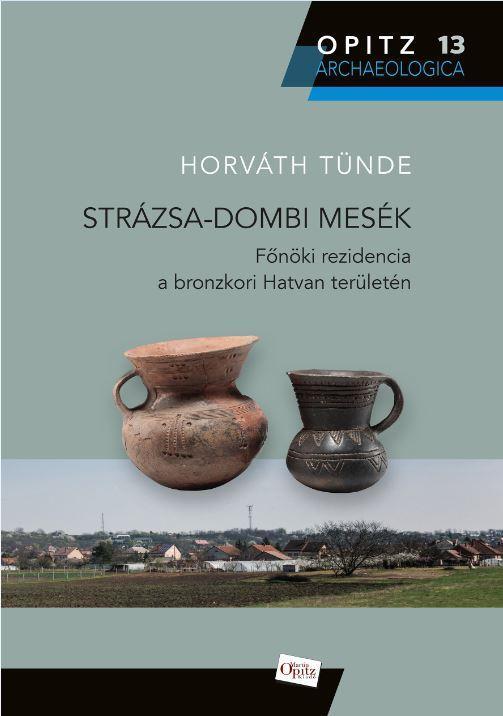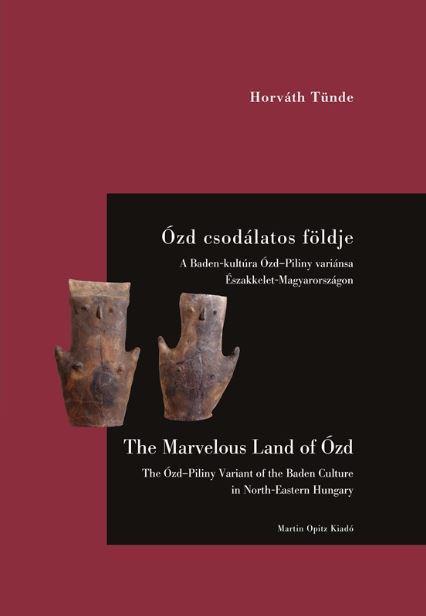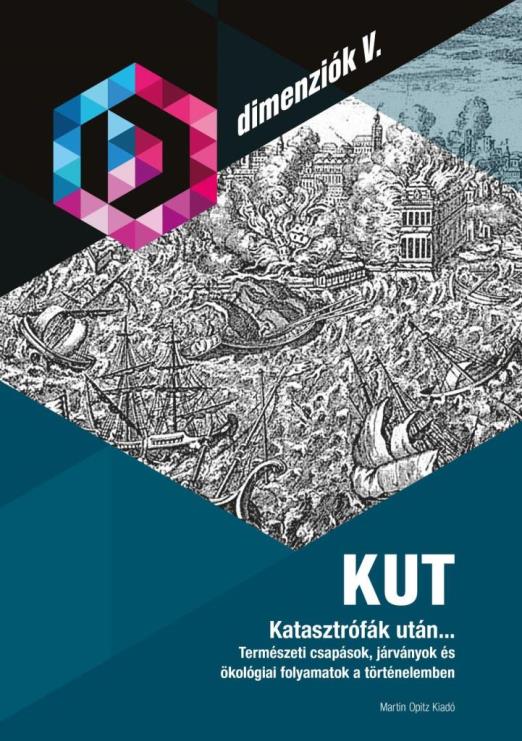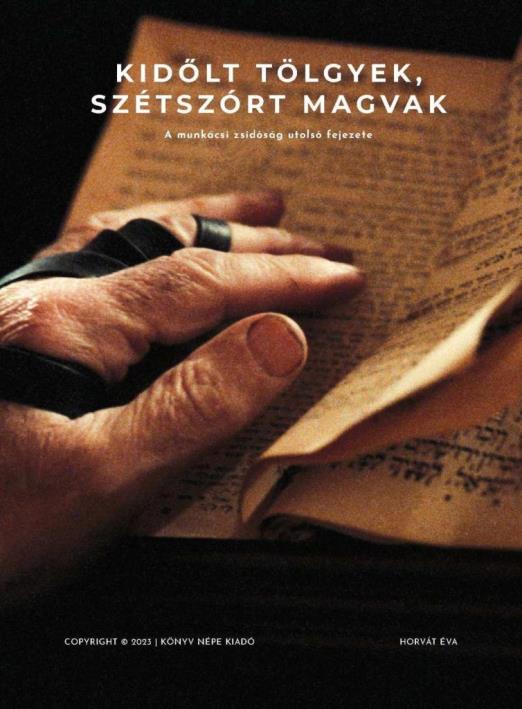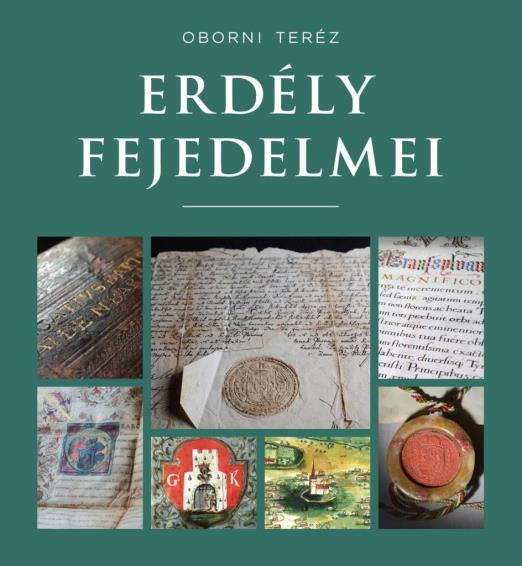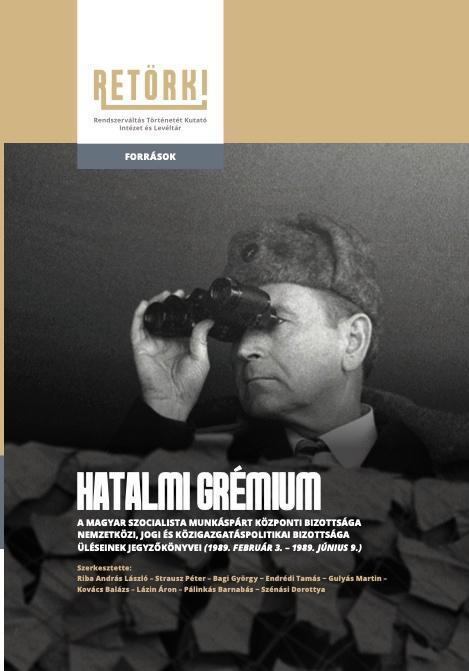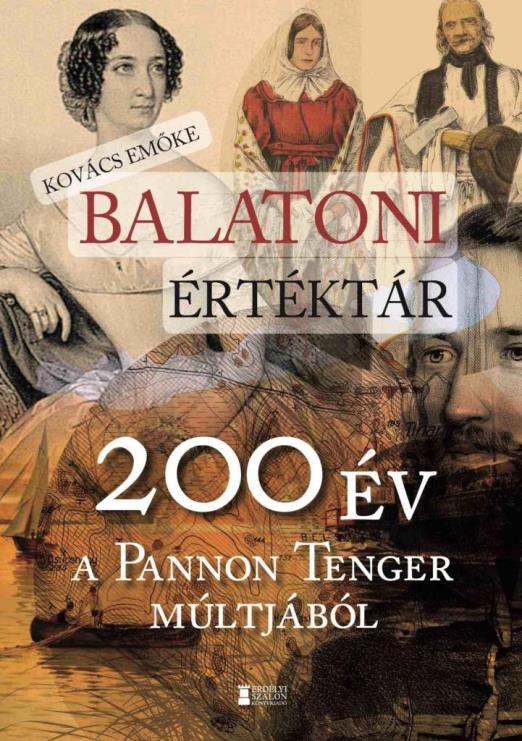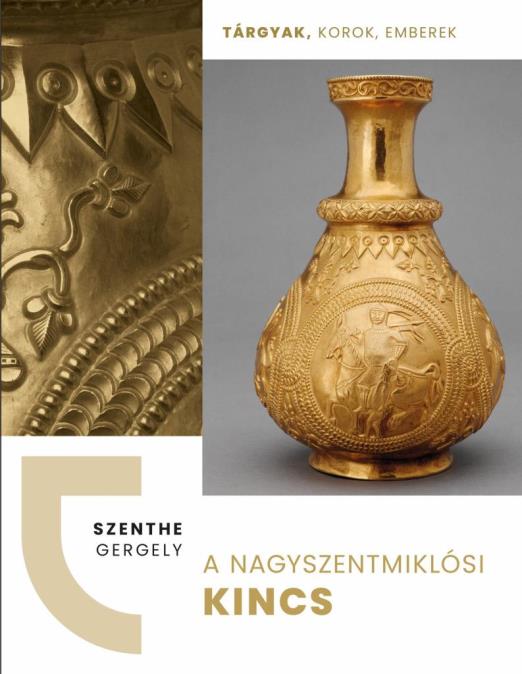
Szállítás:
5-15 munkanap
Rendelhető
2 668 Ft
Eredeti ár:
2 900.-
\"Az Északkelet-Magyarországon ÓzdPiliny-csoportként ismert, a késő rézkori Baden-kultúrába sorolt lelőhelyek mintegy fél évszázada már különleges helyet foglalnak el a hazai őskor és azon belül a késő rézkor kutatásában.
Leírás
\"Az Északkelet-Magyarországon ÓzdPiliny-csoportként ismert, a késő rézkori Baden-kultúrába sorolt lelőhelyek mintegy fél évszázada már különleges helyet foglalnak el a hazai őskor és azon belül a késő rézkor kutatásában. Az átlagostól eltérő megítélésüket a környéken megjelenő magaslati, kultúrrétegekkel rendelkező települések, az azokhoz kapcsolódó alföldi jellegű, egyrétegű települések, és a települések melletti kőpakolásos, halmos, urnás-hamvasztásos temetők indokolják. További kuriózumot jelentenek Kalicz Nándor 1963-ban megjelent monográfiája óta a centeri sírokban előkerült különleges arcos urnák és az európai őskor kronológiai horgonyának számító Trójával való feltételezett kapcsolat. A kötet az ÓzdPiliny késő Baden-kultúrcsoport revíziójára tesz kísérletet, a jelenleg rendelkezésre álló módszerekkel vizsgálva újra az eddigi különleges csoportjellemzőket.The Late Copper Age sites assigned to the ÓzdPiliny Baden group in northeastern Hungary occupy a prominent place in Hungarian prehistoric studies and particularly in research on the Late Copper Age. The perception of this group as differing from the average can be attributed to the hilltop sites with superimposed occupation layers, the associated open settlements, and the burial grounds with stone-packed graves, burial mounds and inurned cremation graves. Another curious aspect of this group is represented by the unique anthropomorphic funerary vessels that since the publication of Nándor Kaliczs monograph in 1963 have served as evidence for the link with Troy, the site on which the chronology of European prehistory was pegged. This book offers a critical review of the late Baden ÓzdPiliny group using the currently available analytical approaches for testing the validity of the groups previously distinguished cultural attributes.\"
Adatok
Raktári kód:
L36836
ISBN:
9789639987296
EAN:
9789639987296
Megjelenés:
2018.
Hozzászólások

